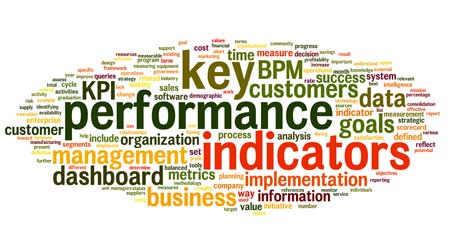Common Data Not Always the Correct Data to Determine KPIs
The temptation is to start with the data we already can pull, such as: the number of work orders generated or completed; the number of open work orders; the number of hours dedicated to work orders; the number of hours dedicated to preventive maintenance (PM); and the ratio of PM work orders to corrective maintenance work orders.
The problem with these metrics is that, held alone, they are just data points. The step that most of us miss in reporting facility data is giving thoughtful consideration to the audience and understanding the issues they care about and the reasons they care. Start with these questions: Who are your stakeholders? What is important to them? These simple questions serve to focus the reporting effort.
Next, given stakeholder needs, determine the reporting groups. Technicians are on the base level. This group cares about the daily activities: PMs, emergency calls, systems monitoring, and complaints. Next comes management staff. This group typically cares most that work is completed effectively and efficiently. Last are the executives, who look most closely at finance and high-level performance trends.
Then determine the information each level needs to know to make the decisions for which they are responsible. For example, an organization determines that one of the most important issues is the timely completion of high-priority and emergency work orders.
Measuring this activity occurs via the CMMS. Data inputs include equipment or system criticality, priority code, work-order generation time, and work-order completion time. From that information, the one-time completion rate is calculated, and then managers can measure, monitor, and trend it. That data now enables those reviewing it to respond in an informed manner to an organizationally critical metric.
This determination of key outputs and the inputs that drive them is critical in effectively interacting with facility management systems. Input data is typically captured within a few systems and departments, as mentioned earlier.
Generating outputs and using that information to tell the story of facility operations is the end goal, and much of the success of that endeavor is in the packaging of the information.
Related Topics:














